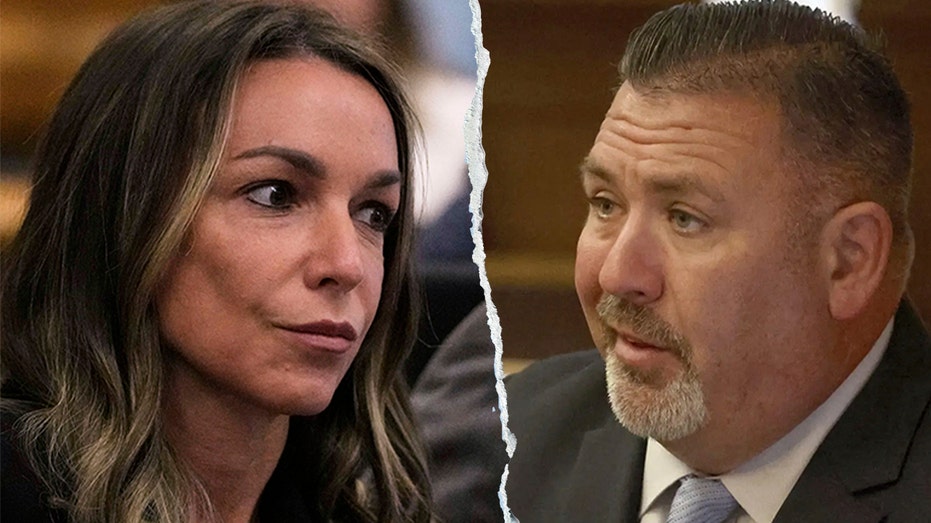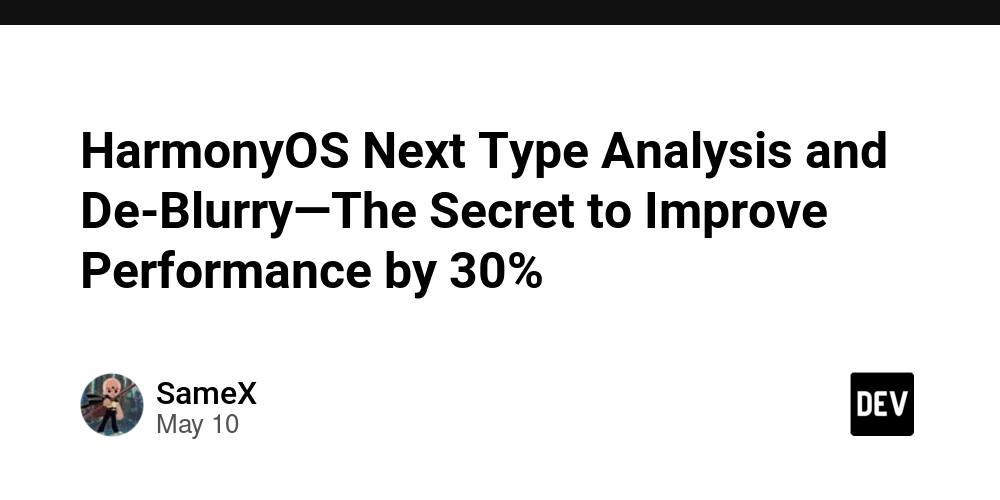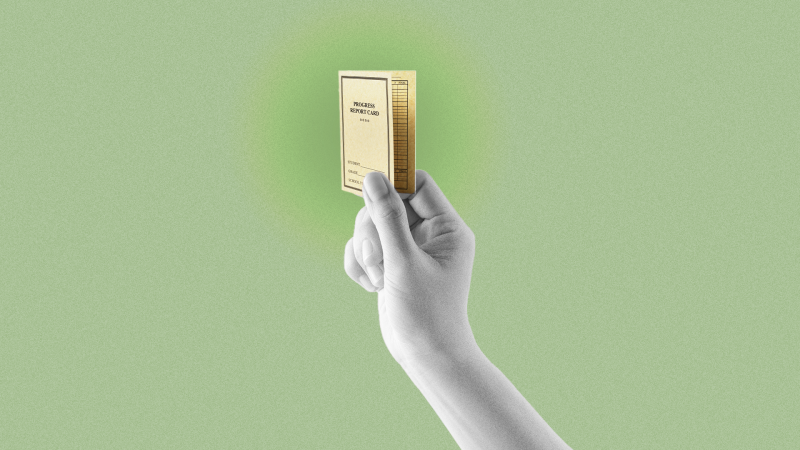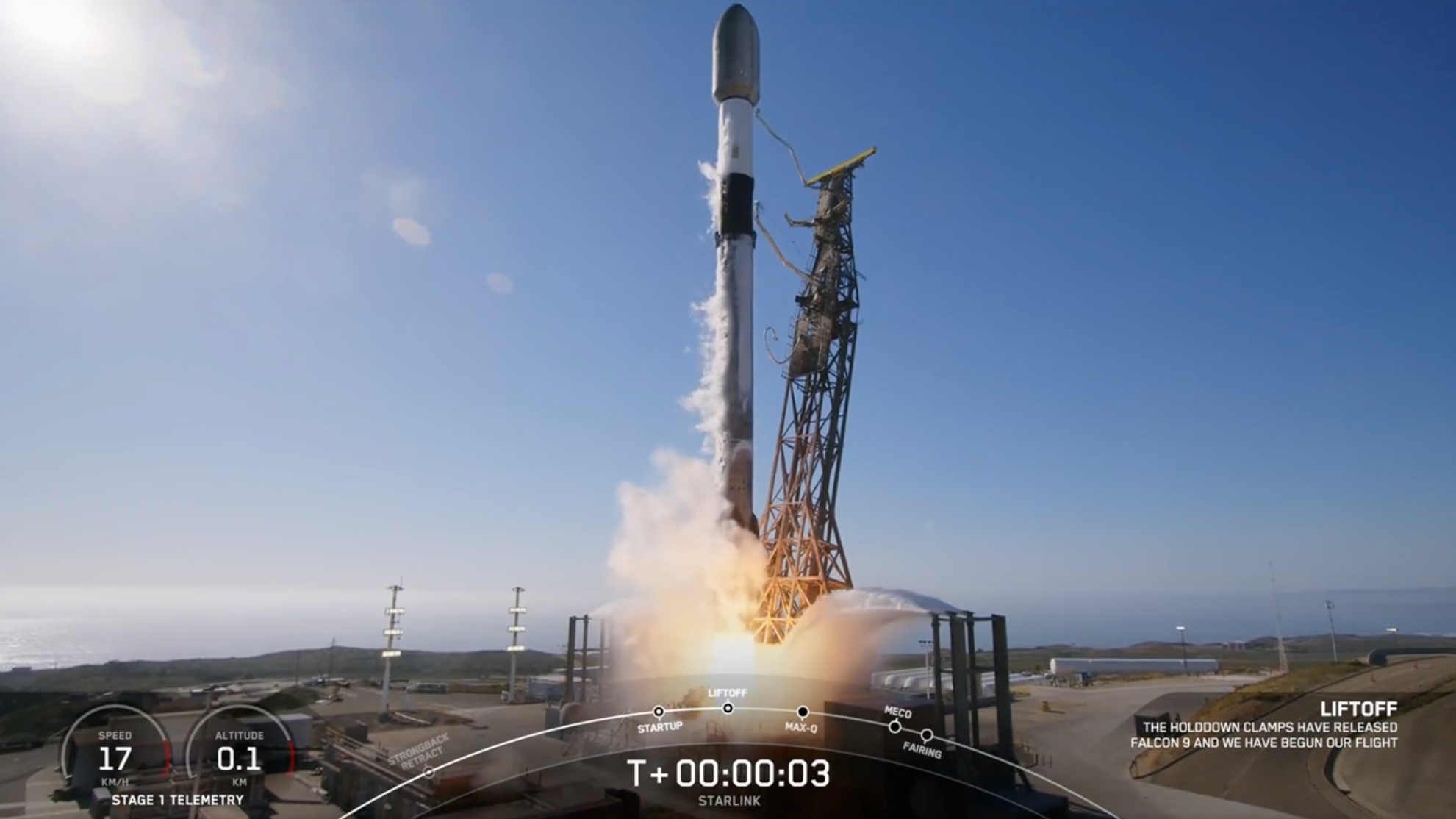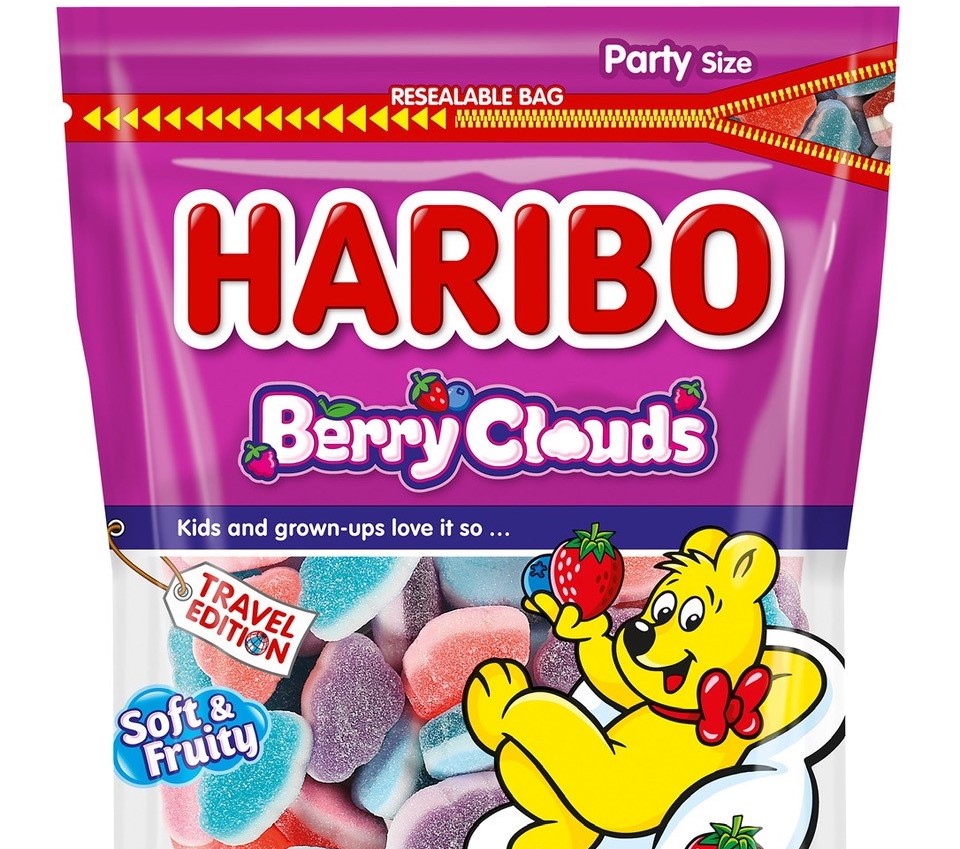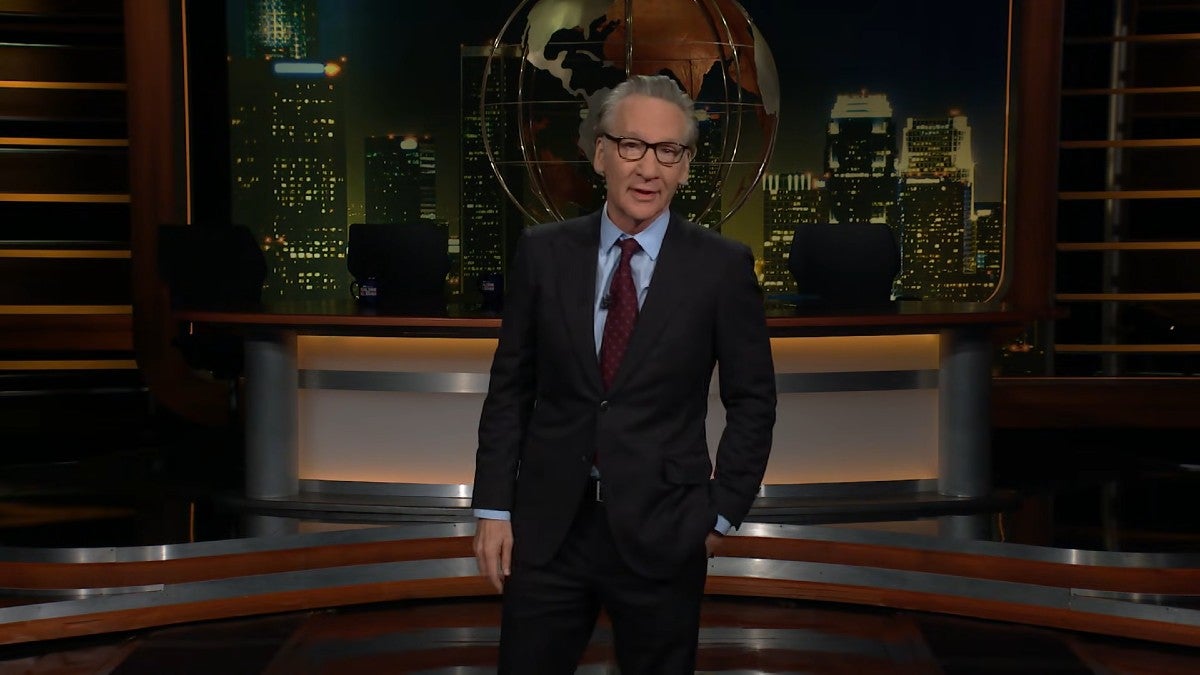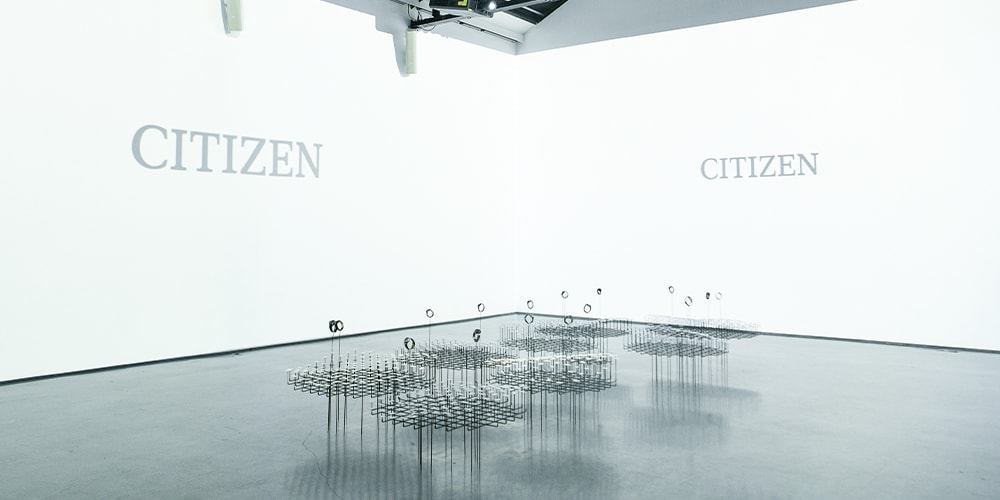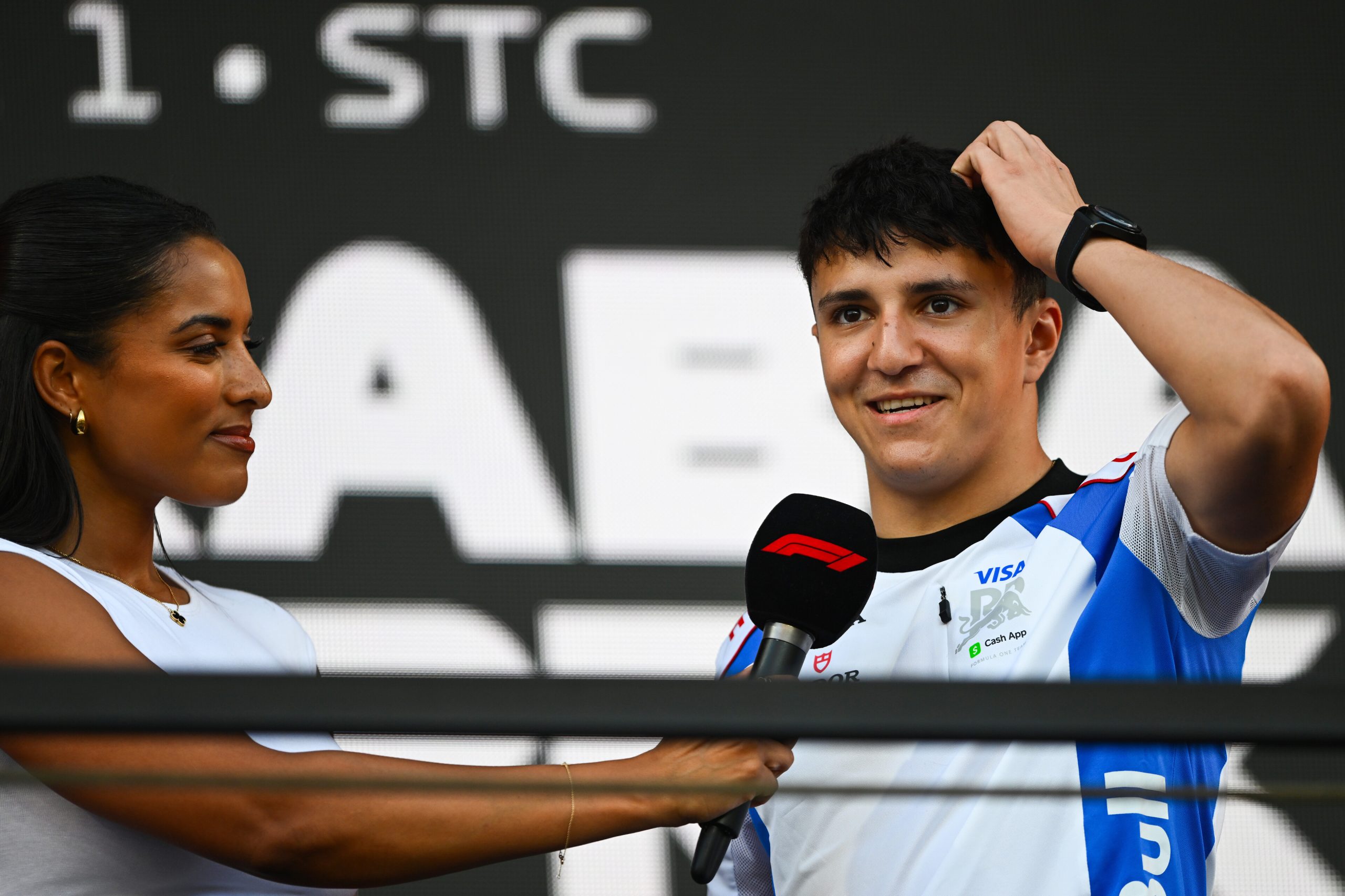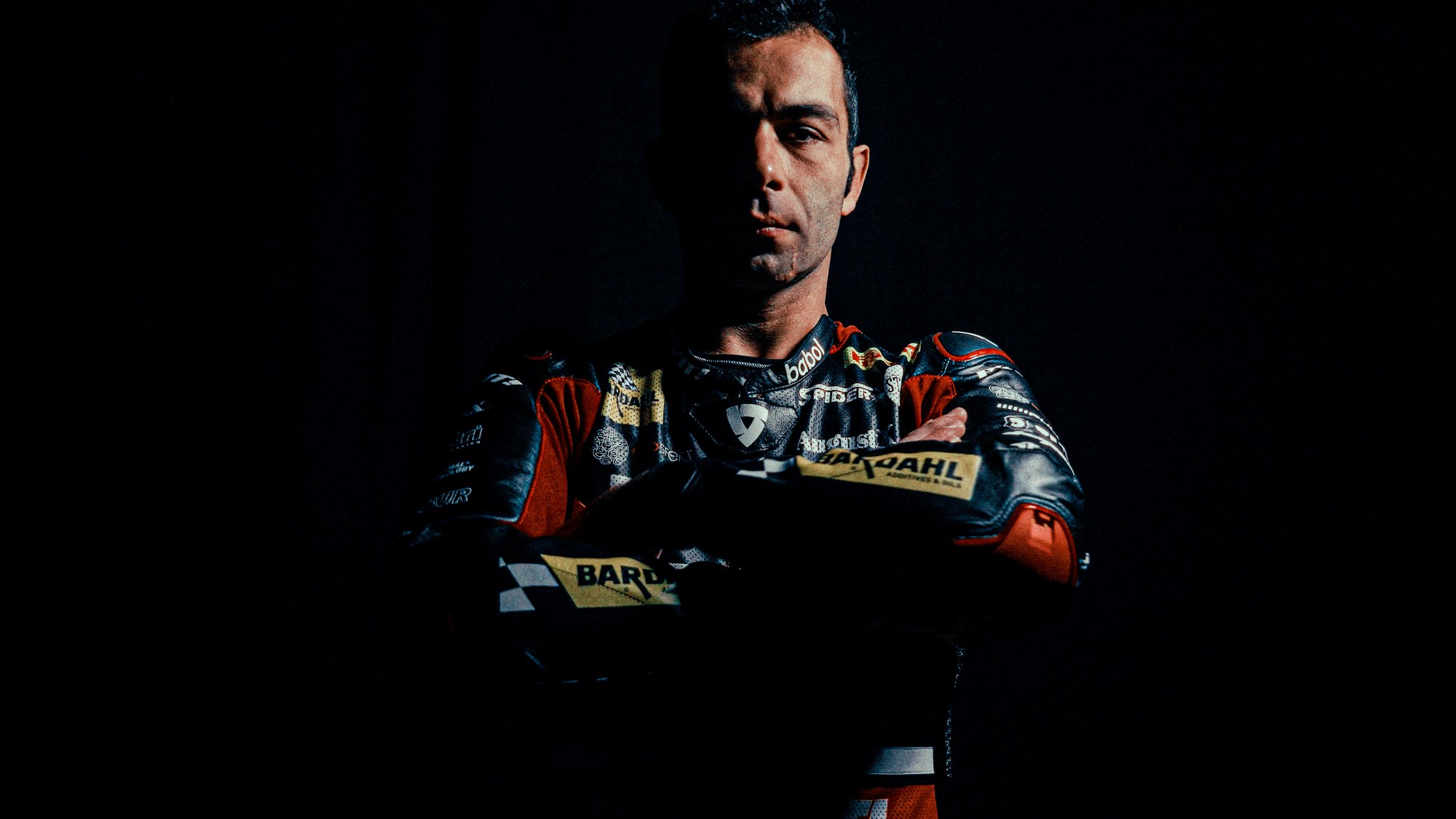How the new double-use tire rule will – or won’t – shake up the Indy GP
Alex Palou used three pit stops to win last year’s Sonsio Grand Prix on the Indianapolis Motor Speedway road course and was followed by 24 (...)

Alex Palou used three pit stops to win last year’s Sonsio Grand Prix on the Indianapolis Motor Speedway road course and was followed by 24 drivers who utilized the same three-stop strategy. In 2023, Palou also used three stops to win and 21 others, including the top nine finishers, matched the strategy deployed by his No. 10 Chip Ganassi Racing Honda team.
The historical footnote is worth considering ahead of Saturday’s race where the IndyCar Series has thrown a regulatory wrinkle into the mix with the mandated double use of Firestone’s harder primary tires and Firestone’s softer alternates during the 85-lap contest.
The rule locks every team into making no fewer than three stops, which fits the most successful strategy call in recent years. To that end, the new rule simply formalizes what the majority of the 27 entries were choosing on their own.
Where the major change happens is found with stripping the teams of the freedom to use the less-favored compound just once and spending the remainder of the race on whatever proves to be the preferred compound. St. Petersburg was a perfect example of how the single-use rule was approached as most teams started on the short-life alternates, pitted once the two-lap minimum rule was satisfied, and completed the rest of the race on set after set of primaries.
At the Indy GP, teams will be forced to go back to the unfavored compound a second time as IndyCar trials the double usage rule.
“The rule takes one variable out of the mix,” Team Penske president Tim Cindric, who handles race strategy for Josef Newgarden, told RACER. “Because sometimes at that race, you’ll have a big yellow to start, right, and then you just fall into which way you’re going to go on saving fuel and trying to do it on two (stops), or to go for it with three. But that place is usually pretty hard to hide if you’re fuel saving or if you’re on the wrong tire, and that race has typically been an alternate-tire race.”
Unlike St. Petersburg, Thermal and Long Beach, there wasn’t much separation in lap times to be found between Firestone’s primaries and alternates on the Barber road course, but Barry Wanser, Alex Palou’s race strategist at CGR, expects a familiar strategy play to emerge if the common opening-lap crash at Turn 1 is avoided.
“So you may see, if there’s a less-preferred tire, even early on, if it stays green at the start, it could be an advantage to come in within a few laps, five to 10 laps, and get off of them,” Wanser said. “If you can then get in clean air and run on the faster tires, at least, you’d try to jump some of the people you’re racing with, right? I don’t know if you’ll see anybody in the top 10 necessarily doing that. But you could see that happening for everybody else.”
The series has also removed the rule requiring the use of new sets of primaries and alternates to comply; tires of any age can be used. And there’s one more twist to process with a reduction in tire sets for the shorter two-day event with nine sets of new Firestones — down from 10 — divided into five sets of primaries and four sets of alternates.
In losing a set of the preferred alternates, Cindric expects teams to be conservative with their alternate use in opening practice on Friday and again in qualifying to preserve their effectiveness for the 85-lap race on Saturday. Rolling the dice by using an extra set of new alternates to try and advance to the next knockout qualifying makes sense with five sets to draw from, but not four.
“So mandating another set of primaries gets run, obviously, that changes the game in terms of practice and the rest,” Cindric said. “We have one less set of tires as well for practice. So I think you’re going to be pretty disciplined about how you practice and how you qualify.”
Cindric isn’t opposed to the new double-use rule, but wonders if the Indy GP is the best event to give it a first look.
“I applaud them for trying something different, but is this the place where it’s gonna make the biggest difference?” he asked. “Not sure. It may not make a lot of difference at this track, and maybe not some of the others, but if we’d had the rule at St. Pete, it would. I’m not sure it’ll be drastically different.”
Colton Herta’s race strategist and Andretti Global COO Rob Edwards is of a similar belief.
“It will be interesting to see if it alters the complexion of the race or not,” he said. “I think I’m much happier that they’re trying it at the Indy road course than trying this at a street circuit, because with the current street circuit tire offset that we have, I don’t think it would pan out very well.
“But we must remember that as well as being in the racing business, we’re also in the entertainment business. And if we are going to try and experiment somewhere, I think the Indy Grand Prix is the best of the options to experiment.”
